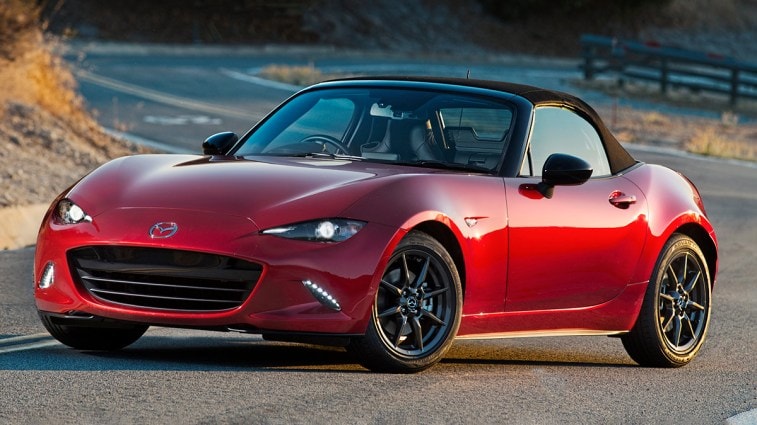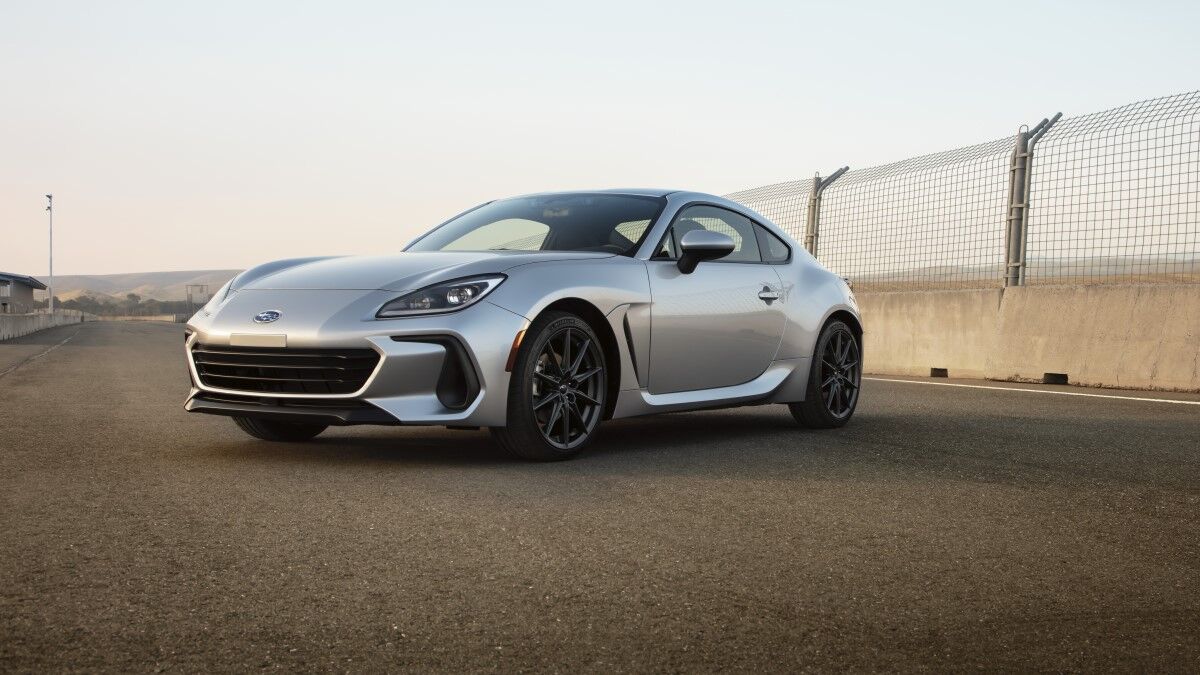The classic definition of a sports car is a small 2-door vehicle made for the express purpose of quick performance and masterful handling. The truth, however, is that there are as many different definitions for “sports car” as there are sports car drivers.
While bigger is usually seen as better, engine size is less relevant than a sports car’s weight-to-power ratio; lighter and faster are always the end goals. When you look at a sports car, you also want to consider the suspension. The suspension system in a sports car is firmer and lower, which allows for better handling in tighter spaces by adding better balance and grip. The brakes on a sports car are bigger and heartier to slow it quickly during high-speed maneuvers.
Sports cars can vary in style from coupe and convertible to hatchback and sedan. German automakers have built their reputations on producing sport versions of their sedans, gran coupes in BMW’s case, and even station wagons. They may look like family cars but have the speed and driving dynamics to handle any road. Asian automakers have rivaled European offerings in producing compact sports cars.
Aside from the Chevrolet Corvette, most American sports cars fall under the subcategory of sports cars known as “muscle cars,” powerful brutes that excel in straight-line speed. Pony cars, another American style of sports car, function similarly but are often more slight in size and power.
Another subset of sports cars is the supercar, often called “exotic” for their high performance, high form factor, and high price tags. These cars are street-legal but rarely seen outside a collector’s display. Marques like Ferrari, Bugatti, and Koenigsegg, among others, are associated with this class of sports car. The Corvette verges in this territory but is considered an affordable alternative.








